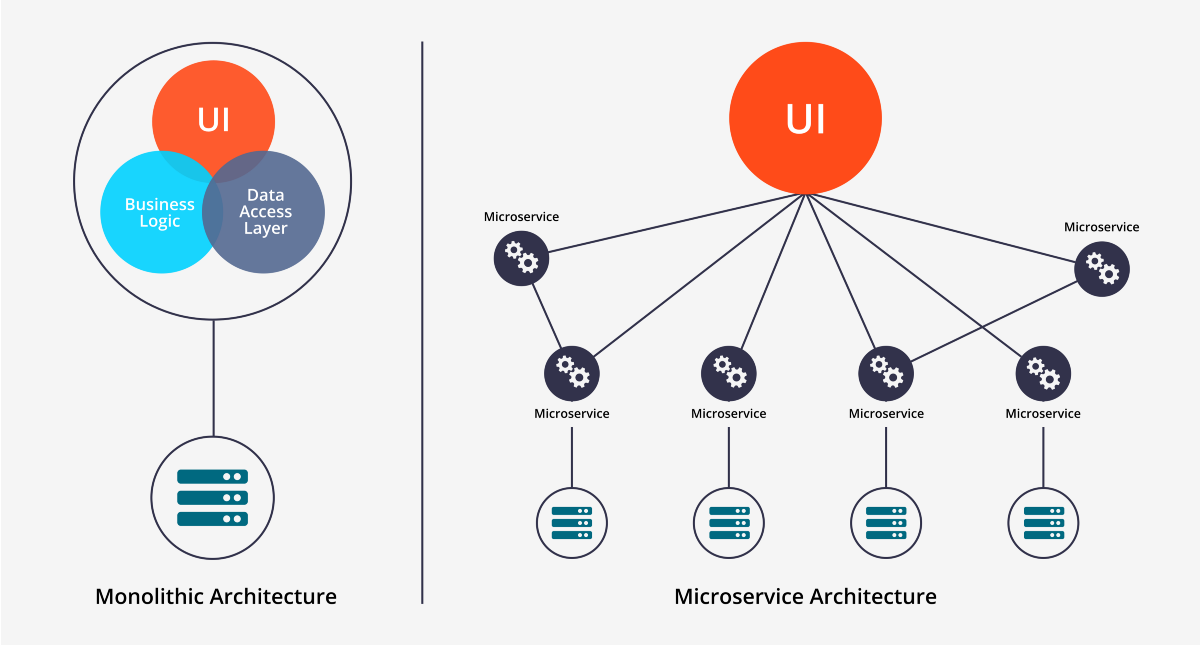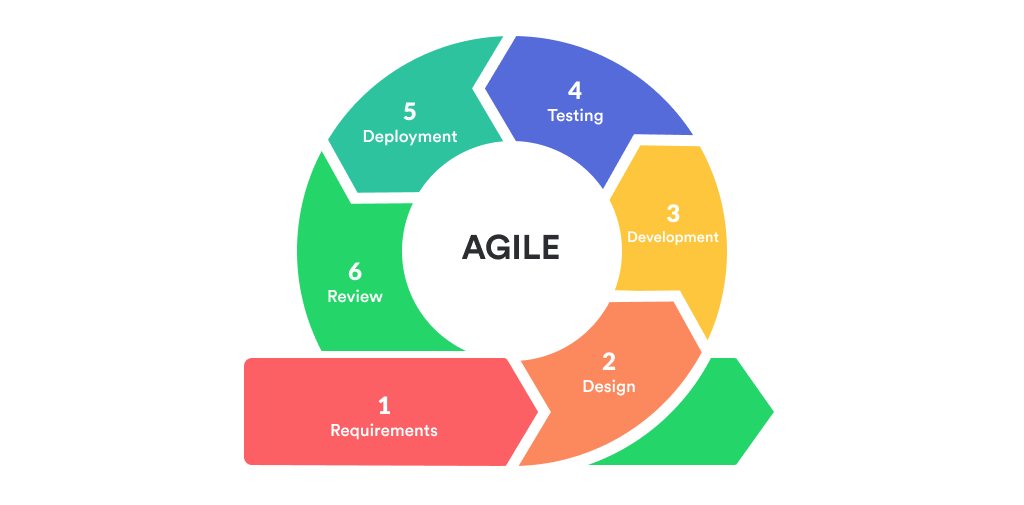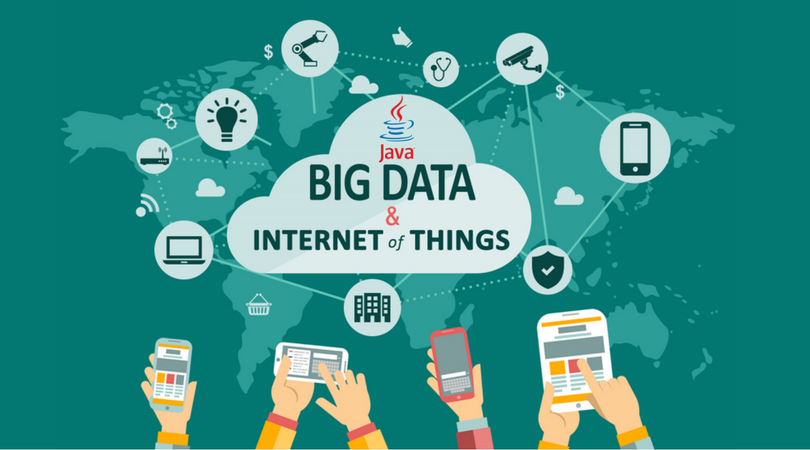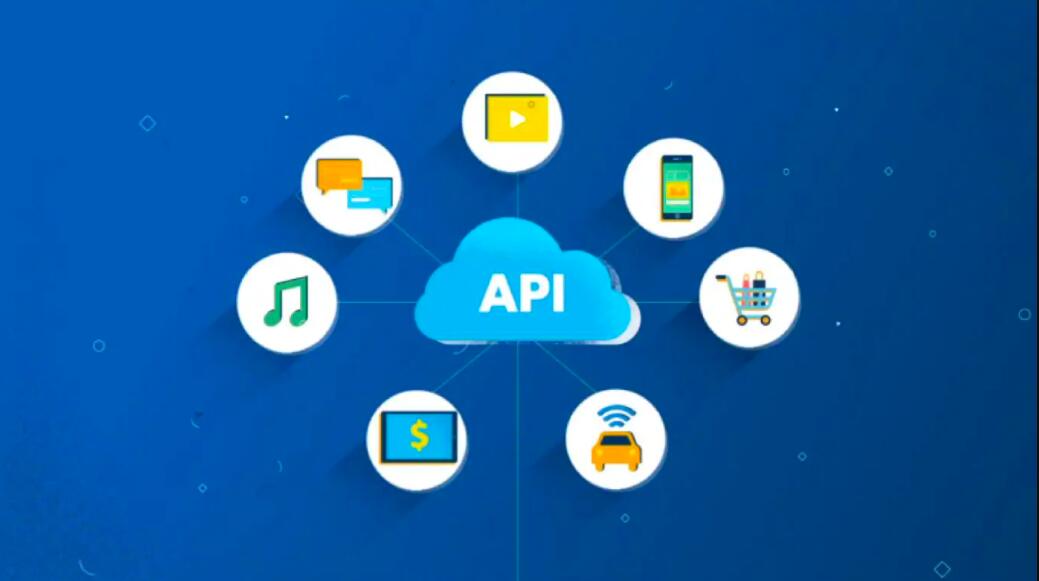
Today’s modern enterprise leverages a digital business platform as the foundation for digital applications. A digital business platform provides the agility to build and support the dynamic nature of modern applications.
So what do these platforms look like?
A digital business platform is based on three pillars: intelligence, orchestration and automation. It is a primary driver of business transformation, as it will help turn data into insights for making informed business decisions. It gives companies the opportunity to bring together business process execution with analytics to enable a smarter, faster, more streamlined enterprise.
Three pillars of a digital business platform
- Intelligence
- Orchestration
- Automation
The digital business platform is supported by a hybrid cloud-enabled development and operations platform that encompasses:
1. Microservices: Microservices focus on doing one thing well and are contextual to specific business domains, enabling integration and facilitating rapid delivery of new capabilities (for greenfield applications) as well as modernization (for brownfield applications). And, because they are loosely coupled, microservices better enable continuous delivery activities.

2. Agile development: Efficiencies can be gained by using agile and rapid development that employs iterative and incremental steps and offers improved collaboration and continuous feedback.

3. Big data and IoT repositories: Leveraging IoT is all about gaining operational and product insights from sensor data but requires intelligence at the edge to process the massive flow of streaming events, as well as purposeful centralization of information. Data needs to be ingested, tagged and aggregated for use in streaming, predictive and preventive analytics insights that can enhance the decision support and “intelligence” of applications.

4. APIs: Business ecosystems are defined by the relationships among the participants, and information exchange brings the ecosystem to life. APIs provide the common interfaces and formats. Ecosystems based on APIs allow applications built on top of a digital business platform to extend their reach by leveraging internal and external data in an agile manner.

5. Easy-to-use intelligent automation: The platform will provide an easy-to-use ML/AI foundation that will not be limited to IT. Democratization means that employees everywhere can access the functions and data they need to write new application logic as descriptive business rules and to use ML/AI algorithmic services that improve their productivity.

6. Virtualization, containers and platform as a service (PaaS): These make it easier to create loosely coupled components for application composition and reuse, and for simplifying the implementing of key nonfunctional requirements of digital applications such as security, resilience and availability. These are game changers, allowing rapid provisioning and scalability of “infrastructure as code” services needed for application development, testing, release and deployment to production.

Over time, the digital business platform will evolve from human-derived rules to machine-derived rules, and its purpose will be to make data available and publish it (rather than process it). Consumption will be driven by serverless architecture and multimedia interfaces. And the platform will be in constant evolution.


